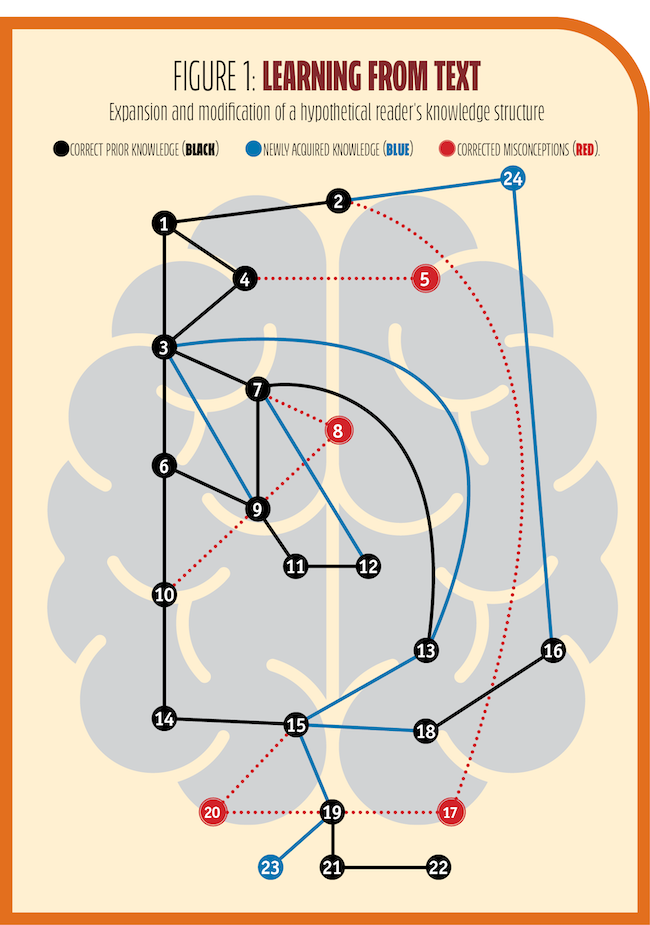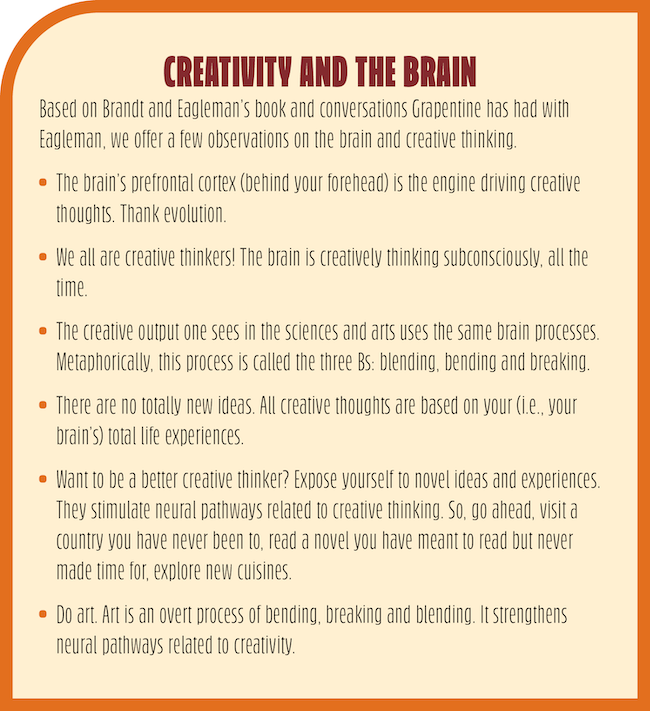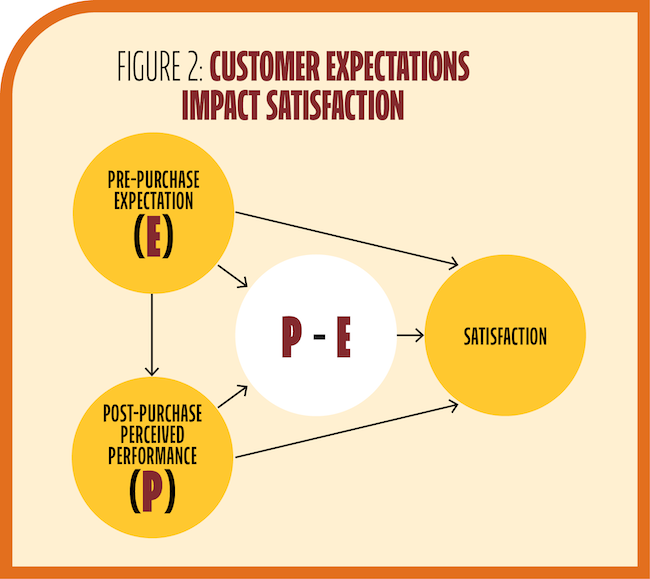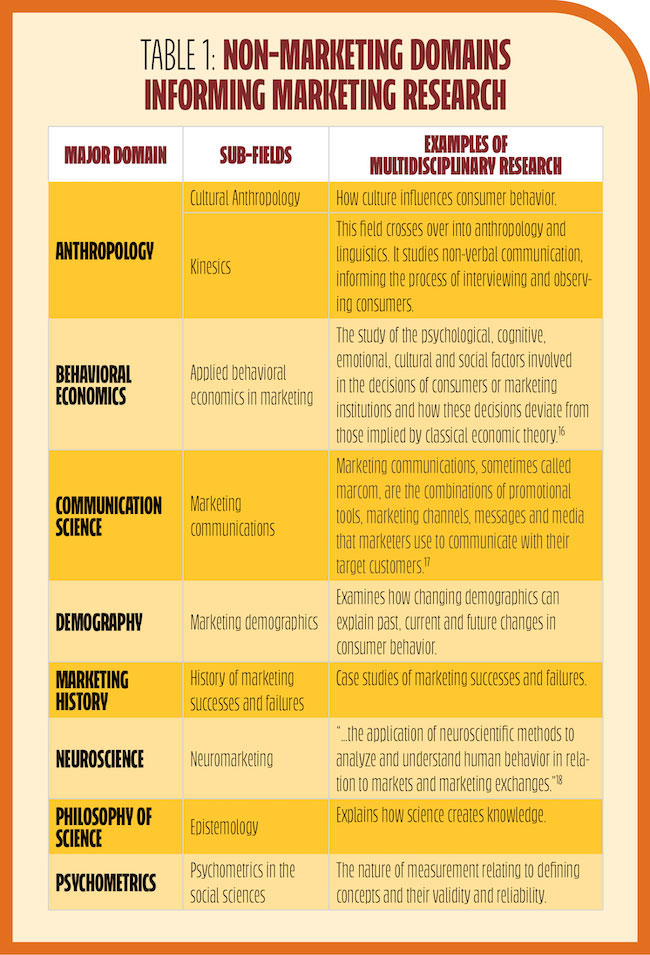Know more to do more
Editor's note: Terry Grapentine and David Soorholtz are independent marketing research consultants.
There is an increasing trend in the “hard” and “soft” sciences toward multidisciplinary research – a technique in which researchers use concepts, theories and tools from diverse disciplines to make new discoveries. For example, the field of climate science collaborates with meteorology, oceanography, geology, environmental science and physics in developing climate models.
This trend materialized because many hard science (e.g., physics and chemistry) and social science questions “are multicausal, multidimensional and resistant”1 to being explained by a single discipline. Consequently, multidisciplinary research gives better explanations and more accurate predictions of phenomena.
We observe this trend in marketing. For instance, the Yale School of Management offers a master’s degree in behavioral economics, “rethinking marketing and insights with…behavioral economics immersion.”2 Premier textbook publishers now often merge marketing with non-marketing domains into multidisciplinary marketing textbooks. Recent examples are Elsevier’s “Consumer Neuroscience: Theory and Application,”3 Routledge’s marketing-oriented textbook, “Behavioral Economics,”4 and “Advertising and Anthropology: Ethnographic Practice and Cultural Perspectives.”5
What are the implications of this evolution in marketing? We argue that effective future marketers and marketing researchers will greatly benefit from a foundational understanding of various non-marketing fields that are increasingly influencing marketing. This is because integrating knowledge from these areas can enhance our ability to explain and predict consumer behavior more accurately.
To support our argument, we discuss the following: a) multidisciplinary research, consilience and background knowledge; b) how background knowledge enhances critical and creative thinking; c) two marketing research examples of consilience; and d) how to gain background knowledge.
Multidisciplinary research, consilience and background knowledge
First, a few definitions. Multidisciplinary implies the alliance of specialists from different knowledge domains working together on a research project. In contrast, consilience is the endeavor to unify different knowledge domains at a conceptual level. It is based on “the principle that knowledge from different disciplines or sources, when integrated, strengthens our understanding of a particular phenomenon or concept. It suggests that diverse areas of inquiry can converge to provide complementary insights, resulting in a more comprehensive and cohesive understanding.”6
The textbooks we cited above are examples of consilience – unification of a marketing and non-marketing domain. Case studies of using this unification to conduct research found in these textbooks are examples of multidisciplinary research.
In his book, “Building Background Knowledge,” Robert J. Marzano describes background knowledge as one’s knowledge and understanding of a subject area.7 Knowledge and understanding, however, are not the same. One may know, for example, that a brand’s market image has declined (knowledge) but not necessarily know how that came about (understanding).
How background knowledge enhances critical and creative thinking
Critical thinking: See Figure 1, which comes from Paul van den Broek’s study of cognitive processes and knowledge representation, in the highly respected journal Science. The black circles represent prior background knowledge. Blue circles denote new background knowledge and red circles signify corrected misconceptions of one’s background knowledge.

These various kinds of knowledge are the effects of learning new material across a diverse collection of related knowledge domains and consequently expanding one’s vocabulary and factual learning. For example, new idea #24 modifies prior knowledge in #2 and #16. Corrected misconceptions in #5 relate to prior misunderstandings in #4.
Contemplate for a moment how your acquisition of new knowledge in marketing or marketing research over time has added to, modified or corrected your background knowledge.
The more you learn, the more you know. The more you know, the more you revise background-knowledge misconceptions. The more you do this the better critical thinker you are.
Creative thinking: Rice University music professor Anthony Brandt and David Eagleman, a neuroscientist at Stanford, discuss creativity’s basis – the brain – in their book, “The Runaway Species: How Human Creativity Remakes the World.” They hypothesize that the creative process manifests itself in three ways: blending, breaking and bending.

Blending: This concept involves integrating different ideas or elements to create something new and innovative. In marketing research, blending might refer to combining diverse research methods when interviewing respondents one-on-one. For example, to examine the issue of how attributes influence decision-making, have respondents evaluate a list of product attributes using conjoint analysis, rank order the attributes in terms of preferences and pick the preferred attribute in a series of paired comparisons. Then compare results. Probe for inconsistencies in how respondents answered these questions.
Breaking: “In breaking, something whole…is taken apart and something new assembled out of the fragments.”8 A research example is having focus group participants take apart four different lawnmowers. Then they are instructed to assemble their ideal lawnmower from the “best parts” of each of the four lawnmowers.
Bending: Think of bending as stretching or shrinking a concept. For instance, consider stretching or shrinking a liquor brand concept. Behavioral economics tells us that a brand’s image, in part, can be affected by where a brand is placed on a shelf. Its image can be stretched or shrunk based on where consumers find it in a liquor store.
Consider the grain alcohol brand category (e.g., Everclear, or the popular Polish brand, Zbyszek). Our experience in doing alcohol research shows, in a hypothetical example, that the perceived image of Everclear differs in retail liquor stores when Everclear is placed next to moonshine rather than to vodka. Everclear projects a more positive image, associated with a greater number of positive drinking occasions (i.e., stretching) in the latter than in the former. Also, it sells more when placed next to vodka.
This idea of a brand’s image being affected by brands it is placed close to is called the proximity principle in consumer neuroscience. The proximity principle states that those visual elements that are spatially proximal (e.g., adjacent to each other) are likely to be grouped together and classified as a single percept or object.”9
What produces this creativity in the above examples? Eagleman asserts that the brain does this subconsciously by relying on memories.10 The brain mines memories associated with a certain goal and percolates up creative solutions for us to evaluate consciously. We are beneficiaries of this evolutionary process, whose primary function is to save our skins in an emergency.
Consilience: Two marketing research examples
Consilience occurs at the conceptual (i.e., development of individual concepts) and theoretical levels (i.e., relations among the concepts). We give two examples, one drawn from neuroscience and marketing research and a second from philosophy of science, psychometrics and marketing research. In both cases, we take concepts from two different knowledge domains and attempt to unify them.
Neuroscience + marketing: The concept of expectations can be found in both neuroscience and marketing. How can they be unified and then applied in a marketing research study? We discuss how this is done, based on a 2023 Quirk’s article written by Grapentine.11
From marketing: Referring to Figure 2, Gilbert Churchill and Carol Surprenant define P - E as the difference between the pre-purchase expectation (E) and the post-purchase perceived performance (P) of a set of product attributes. Expectation is defined as a forecast of perceived product performance for a given attribute. For instance, in evaluating a customer’s expectation of waiting in line for a bank teller, the customer may forecast they will wait 4 minutes, E = 4 minutes. If they wait 3 minutes, then P = 3 minutes. Therefore, in this case, P - E = 4 - 3 = +1. Positive differences in P - E increase satisfaction and negative differences decrease satisfaction.

From neuroscience: Based on data from brain scans and placing electrodes inside the brain, neuroscience has discovered what is called the brain’s reward system or reward pathway. If a consumer is presented with a valued but unexpected (unforecasted) reward, then the reward pathway is unconsciously activated or spiked, releasing the neurotransmitter dopamine. In this instance, dopamine produces a pleasurable emotion in your brain. If P - E = (a negative number), the brain produces other transmitters making one feel displeased.
Consilience: Conceptually, satisfaction for marketers is based on answers to questions on a survey that allow for the calculation of P - E. In neuroscience, satisfaction is a mental state. Research shows that there is a high correlation between the two.
So, what can a researcher do with these findings? How can consilience between these two knowledge domains be achieved? We offer two suggestions.
First, develop survey questions that operationalize “expectation” as a forecast of perceived product performance on an attribute. In other words, clarify for respondents how they should interpret the term “expectation.” Our experience shows that researchers do not do this.12
Consequently, different respondents interpret “expectation” differently. Some may interpret it to mean a forecast, as the marketing literature and neuroscience assert. Some others may interpret it to mean the level of product performance that aligns with what they think they deserve. Still others may interpret “expectation” to mean their minimal acceptable level of attribute performance. Respondents interpreting this term differently introduce significant levels of measurement error in the data.
Second, neuroscience has validated the physiological basis for “exceeding consumer expectations,” where expectation is a forecast of product performance. Therefore, leverage this knowledge through exploratory research and market testing to identify product performance attributes that spike a consumer’s reward system. For example, a major cruise line discovered that one of the most pleasant experiences for customers is being surprised by having towels in their room and napkins at dinner folded in the shape of an animal – towel origami.
Philosophy of science + psychometrics + marketing: Marketing researchers deal with concepts such as customer satisfaction, product quality and brand purchase intentions. Researchers often measure these concepts with one or more attributes.
But our experience tells us that they do not use the same methods recommended in the non-marketing fields of philosophy of science and psychometrics. Philosophy of science studies how science creates knowledge. Psychometrics studies how to measure psychological constructs (i.e., the theory of measurement) such as IQ or brand image. In this example, consilience is borrowing from these two non-marketing domains to improve the creation and measurement of marketing concepts.
Books have been written on this topic. Consequently, our discussion here will be brief and somewhat simplified with endnotes for interested readers to do research on their own.
Philosophy of science tells us that all concepts have “intensional” properties.13 A concept’s intensional properties are all concept characteristics that potentially could be translated into attribute ratings on a questionnaire. For instance, properties of the concept “future brand purchase intention” might include characteristics such as a) the consumer’s stated probability of repurchasing Brand X within a given period, b) the perceived ease or difficulty of finding a substitute for Brand X, and c) an overall attitude, positive or negative, toward Brand X. The universe of all such properties is called a concept’s domain.14

Here is the dilemma for researchers: The number of properties in a concept’s domain is always greater than the number of properties that a researcher can realistically translate into attributes on a questionnaire.
Here’s where consilience can help: Psychometrics can guide the researcher in identifying a smaller, core set of properties to be translated into attributes on a questionnaire via a method called confirmatory factor analysis. Philosophy of science also addresses this issue via the idea of a concept’s core properties.15
How to gain background knowledge
As marketing researchers, we do not have the time or funds to earn university degrees in all the social sciences and neuroscience that are informing marketing and marketing research today. What to do? We offer four suggestions: identify pertinent domains of study, purchase relevant college textbooks in these fields for reference, use Google Scholar and expose yourself to these new knowledge domains.
Relevant fields: Table 1 lists formal fields of study that are informing marketing and marketing research currently and which you may want to read about.
Reference books: Some textbooks we recommend are as follows:
- Behavioral economics: Adams, Julian (2023). “Behavioural Research for Marketing: A Practitioner’s Handbook,” Routledge Taylor and Francis Group, London and New York.
- Neuroscience and marketing: -Zoëga, Thomas R. (2015). “Introduction to Neuromarketing and Consumer Neuroscience,” Neurons Inc.
- Anthropology: de Waal Malefyt, Timothy, (2023). “Business Anthropology: The Basics,” Routledge Taylor and Francis Group, London and New York.
- Critical thinking: Dwight, David, et al. (2017). “Critical Thinking For Marketers: Learn How To Think, Not What To Think,” Business Expert Press.
Google Scholar: This will be one of your best resources. Type in relevant search terms (e.g., type in “behavioral economics and [your industry of interest]”). Often, you can obtain free PDF copies of referenced academic articles at the web site, sci-hub.st.
Expand your learning: In short, read a lot. Be curious. Expose yourself to new domains informing marketing. Go to conferences. Take courses (in person or online) on relevant topics. Listen to YouTube videos and podcasts. Get to know professionals who work in other disciplines. Brainstorm creative ideas with colleagues.
Know more about more things
Aristotle’s axiom “The more you know, the more you realize you don’t know” rings true in most facets of our personal and business lives. However, in marketing research we have also found that the more you know about more things, the better. In an industry that (justifiably) rewards depth of knowledge in specific areas such as advanced methods or social science, we have found that having broad, general knowledge about many related disciplines is also advantageous.
